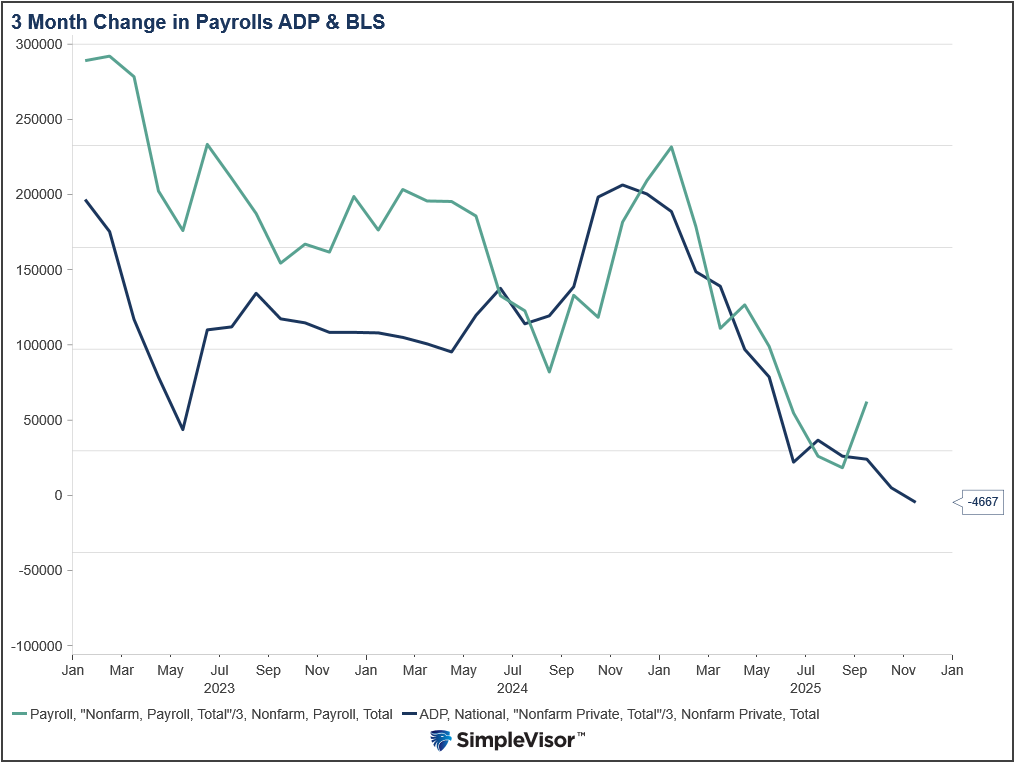President Biden and his supporters claim that he took an economy that was “flat on its back” in 2021 and made it “the envy of the world”. How did Biden accomplish this? He supposedly rebuilt the economy “from the middle out and the bottom up”.
The data on economic conditions in the US economy over the past few years are clear. First, unemployment rates have been relatively low. However, the unemployment rate during the Covid crisis peaked at 14.8% in April 2020, and had fallen to 6.1% by the time Biden signed his America Rescue Plan (ARP) in March of 2021. Economists doubt the effectiveness of fiscal stimulus policies even when they are properly timed. The ARP supplied far too much fiscal stimulus far too late, at best. At worst, ARP delivered a dangerous increase in the US national debt, an increase in the long-term risk of national insolvency.
Second, real wages have risen over the past year. But wages fell sharply during the 2022 recession- and more so than labor productivity. Labor productivity did rise since 2022, but this recovery of labor productivity didn’t deliver a corresponding increase in real compensation- as seen in the next graph.

Why have labor productivity and labor compensation diverged? The recent rise in labor productivity suggests that employers can afford to increase real employee pay- the ability of employers to afford compensation does come from labor productivity. The fact that unemployment rates have been so low recently suggests that workers have sufficient bargaining power to bring their compensation into line with their productivity.
Third, the average workweek typically increases during an economic expansion.

Average hours per worker fell during the Covid Crisis, rose in the second half of 2020, but then peaked in January 2021. Why has the Biden economy fallen short in terms of both real compensation and the average workweek? Did supply chain problems limit demand for more labor hours? Not likely. Supply chain problems eased as the average workweek declined.
The weaknesses of the Biden Economy may be due to increases in Federal regulation. Burdens of regulatory compliance and efficiency losses due to regulation raise costs, reduce expected profits, and limit production. Biden increased Federal regulation significantly, and employers have surely tried to shift increased costs of regulation onto their employees. That is, employers cut back work hours and used this reduction in labor demand to stifle pay increases- to offset at least part of increased regulatory costs.
Many people are discontented with the Biden economy, and rightly so. Workers surely perceive increases in their own productivity, as well as a lack corresponding increases in real compensation. Workers surely also know that they are not gaining additional pay from the extra hours that they should expect during any economic expansion. Furthermore, a longer workweek would translate into more production, more goods, and perhaps less inflation. The truth is that Biden inherited a vigorous recovery, which he seems to have choked off from the top down with needless increases in Federal regulation.
Originally published at “On the Other Hand...”
Full story here Are you the author? Previous post See more for Next postTags: Featured,newsletter


















